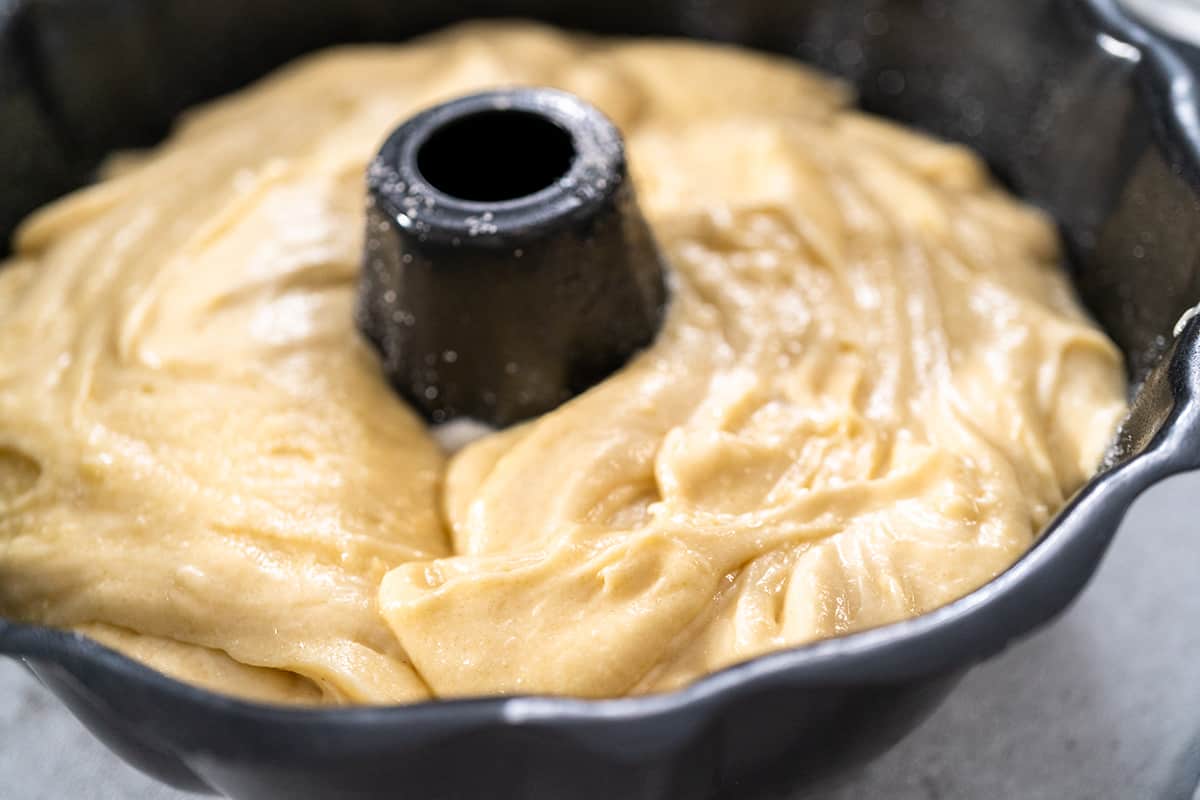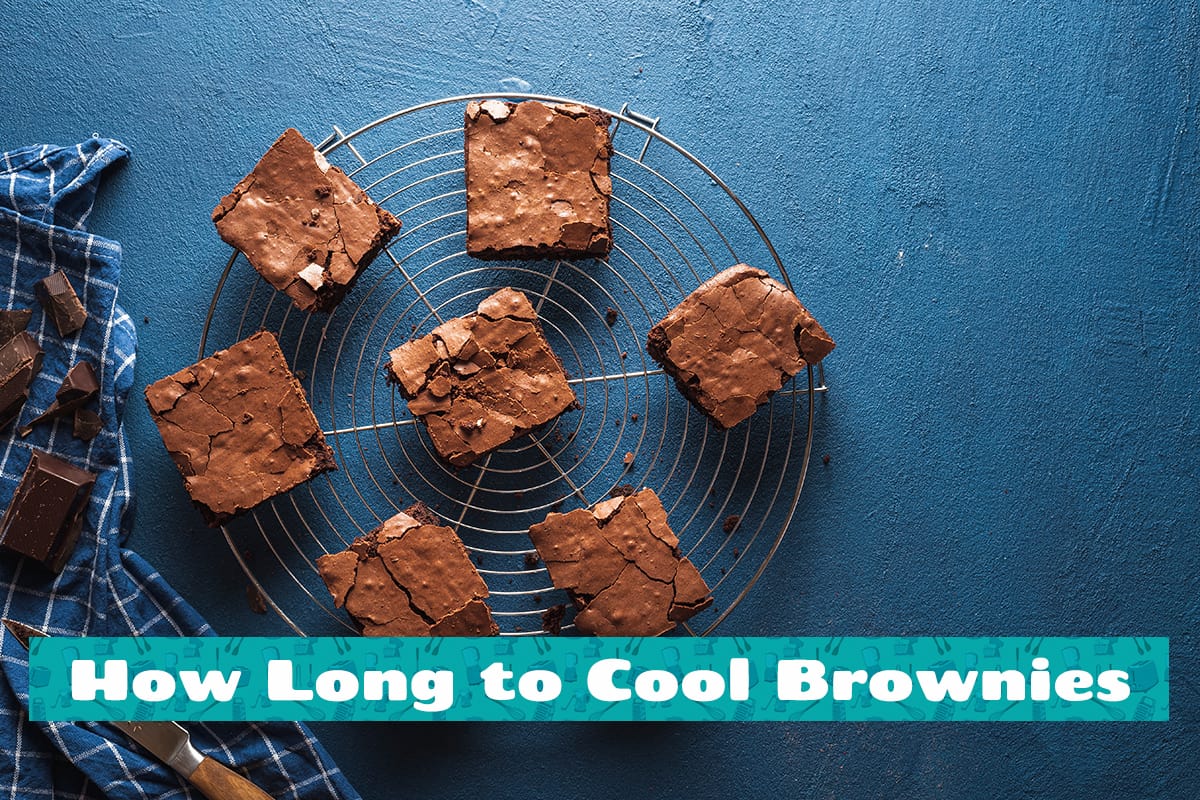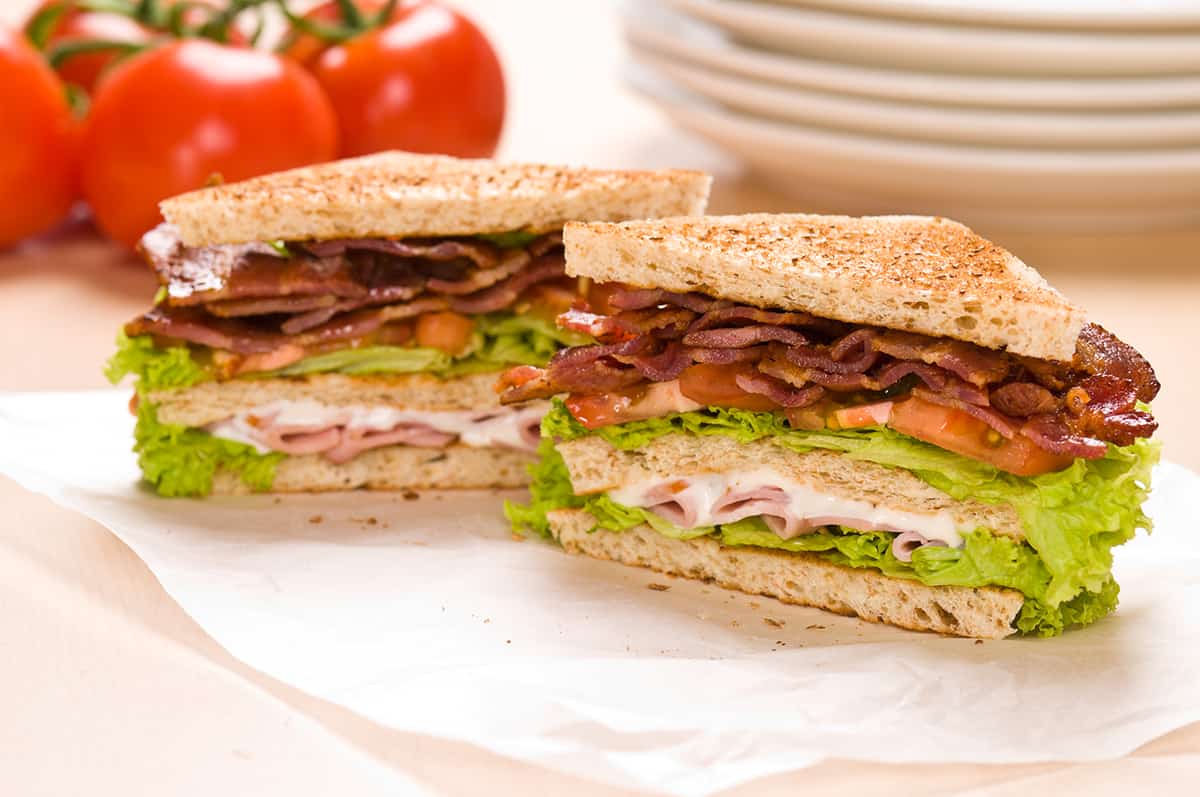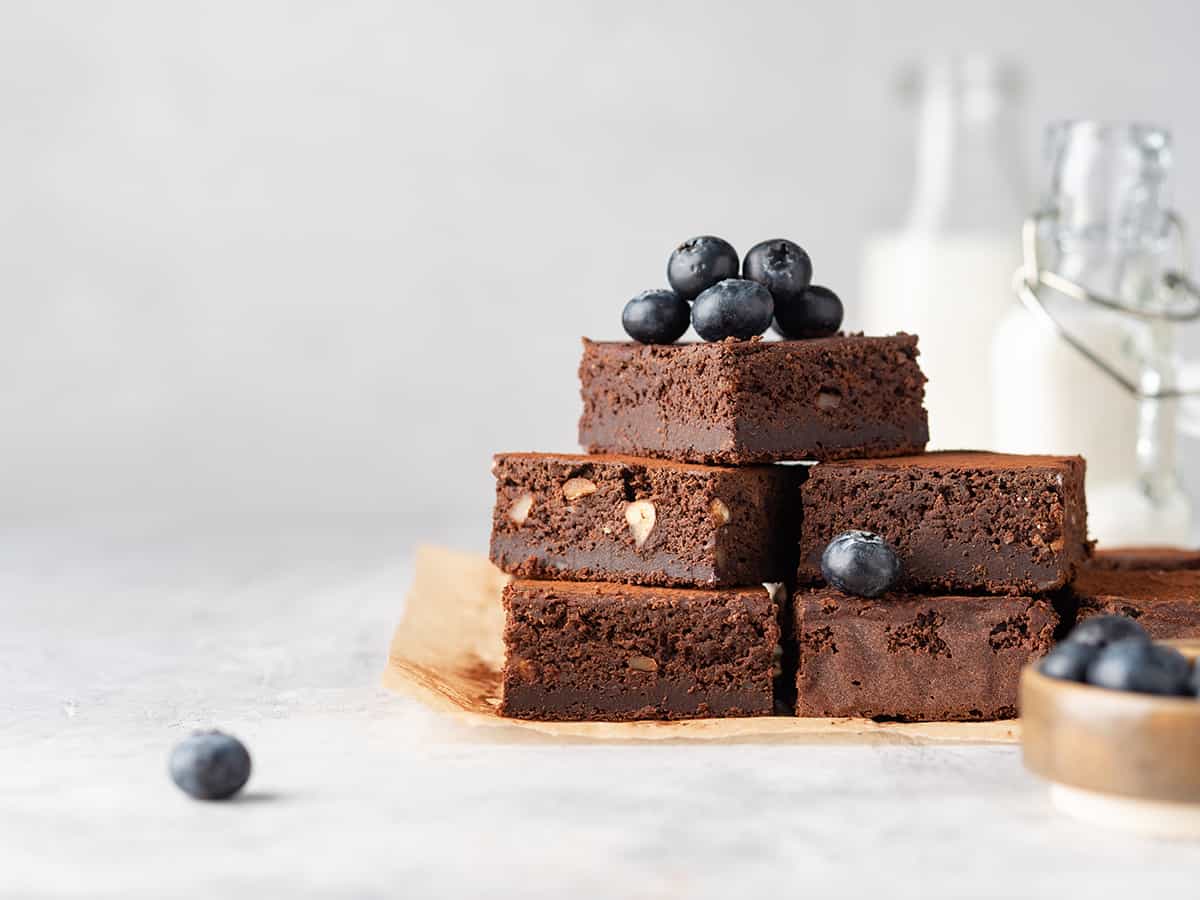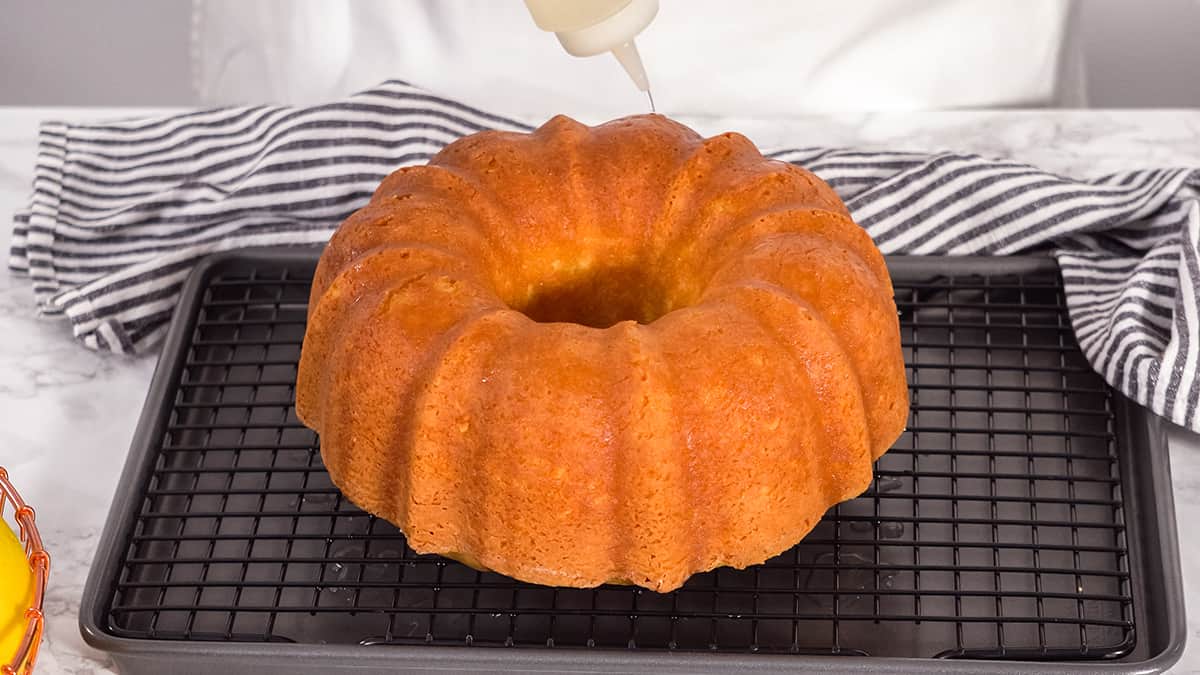Shopping for a cake at a bakery or even the grocery store can be fine at times, but the best pastry reward is baking it with your own hands. This is especially true for Bundt cake as you are free to add whatever unique twists you want to make your Bundt cake truly unique. The only question you should ask yourself is when making a Bundt cake from scratch, how much time will it spend in the oven?
When baking a Bundt cake at 350ׄ°F, it should take approximately 55 minutes to complete. However, this varies based on how thick and wide the cake is, whether your oven has any cold spots, and how much bounce you want from the Bundt cake.
With all this said, we can further examine the various factors that come into play in determining the overall baking time of a Bundt cake.
How Long Does It Take to Bake a Bundt Cake?
Many recipes will ask that you bake a Bundt cake for between 40 and 60 minutes. On average, the Bundt cake will have to spend about 55 minutes in the oven at 350°F before it’s ready to remove and cool on the kitchen counter.
However, these minute figures are only rough estimates. When it comes to baking times for any pastry, there are two things you can rely on to gauge the delectable dessert’s readiness: experience and a probe thermometer.
The more time you spend baking in the kitchen, the greater a sense you will develop for the readiness of pies, cookies, strudels, and cakes. You can try a simple toothpick test—poke the thickest portion of the cake with a toothpick or bamboo skewer; if it comes out clean, then the cake is
If you don’t have the years to develop a sixth sense in the kitchen, you can rely on a thermometer probe to eliminate the guesswork. A thermometer probe will accurately measure the internal temperature of your baked goods. When it reaches a certain temperature, you will know that it’s ready to come out of the oven.
So, when it comes to Bundt cakes, they should have an internal temperature reading of 210°F (±5°F) to be deemed fully cooked and ready to remove from the oven.
Factors That Affect Bundt Cake Baking Times

Although the most accurate method of measuring the doneness of a Bundt cake is by checking its internal temperature, using time is easier for home bakers. As such, you can more than feel free to follow the recipe’s baking instructions in terms of temperature and baking time.
However, one thing you should be aware of is that not all ovens are made the same. Your home might have a conventional gas oven, a conventional electric oven, a convection oven, a toaster oven, a microwave oven, etc. And the type of oven you own isn’t the only factor that determines how long your Bundt cake should spend in the oven.
Let’s take a look at all the major factors that may affect baking times.
Oven Type
The type of oven you own will play a significant role in how long your Bundt cake should bake. For instance, conventional and convection ovens, while similar in name, have one huge difference—the presence (or lack thereof) of a fan.
Convection ovens use a fan to distribute heated air evenly throughout the baking space, which allows your pastries to bake more evenly. While you should still rotate the cake pan halfway through, the oven offers more consistent baking, which may ultimately reduce the total baking time.
On average, a convection oven will bake 25% quicker than conventional ovens. As such, you should adjust the baking time accordingly or read the recipe’s baking instructions to see whether or not they use conventional or convection baking times.
Oven Thermometer Accuracy
There’s one thing you should know about your oven’s thermometer—it’s not 100% reliable. The primary reason for this is that the location of the thermometer is located somewhere on the side, so it will not give an accurate temperature representation of the oven’s true baking area. In extreme cases, the temperature gauge of your oven might be 50°F over or under the true temperature, which can dramatically affect overall baking times.
You can overcome this problem by using a thermometer probe to check for the Bundt cake’s doneness after 30 or 40 minutes in the oven.
Cold/Hot Spots
A cold spot is a part of your oven that doesn’t get as much heat as the other parts. The most significant cold spots, if you don’t have a convection oven, are in the direct center of the baking area. The edges receive more heat due to their closeness to the heating elements, which is one of the reasons that the walls of a cake will bake quicker than the inside.
To determine whether your oven has cold or hot spots, place a slice of bread in the oven at 350°F for 3 to 5 minutes and see which spots have become burned and which parts appear slightly toasted. If your oven has cold spots, the best thing you can do is rotate the cake pan 180° once when half the baking time as elapsed.
Cake Pan Material
The material that goes into the Bundt cake pan will also determine how long the cake should spend in the oven. For instance, aluminum cake pans will heat the edges more quickly, while silicone cake pans will require longer baking times. In addition, cake pans with nonstick finishes, while easy to remove a baked cake, may require longer baking times.
The typical Bundt cake pan is made of cast aluminum, which will crisp the outer edges before the inside is fully cooked. So, you might want to consider dropping the temperature in your oven to prevent the exterior from overcooking.
Cake Size

The size of the cake has to do with the size of the Bundt cake pan. Generally speaking, the larger the pan, the more cake batter it holds, and the longer it will take to bake. If you use a pan that differs from the recipe author’s suggested Bundt cake size, you should use a thermometer probe or perform a toothpick test to check for doneness after 30 minutes in the oven.
Desired Doneness Level
Some people like dense Bundt cakes, while others prefer a bit of moisture on in the side. Depending on your texture preferences, you will need to adjust the baking temperature and time accordingly.
